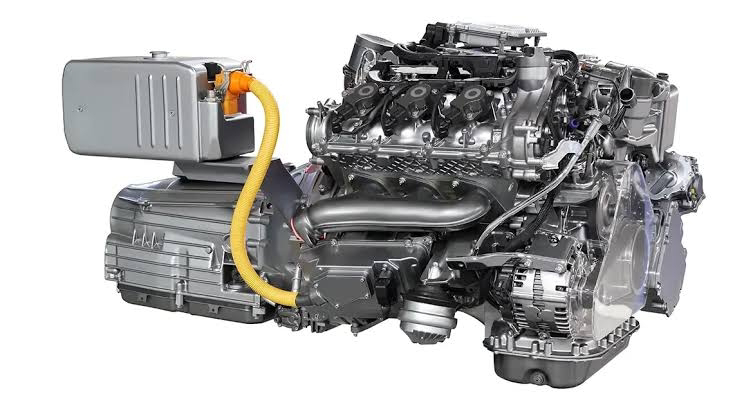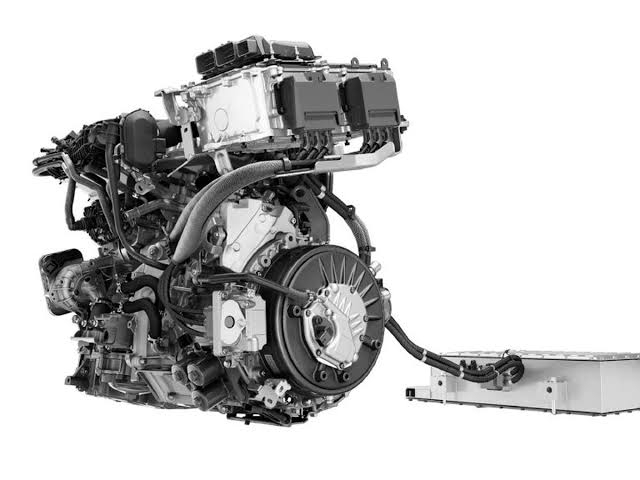Hybrid cars are a fantastic choice for eco-conscious drivers looking to save on fuel costs while reducing their carbon footprint. However, like any vehicle, hybrids require regular maintenance to ensure optimal performance and longevity.
If you own a hybrid or are considering buying one, follow these essential maintenance tips to keep your fuel-efficient ride in top shape.
1. Follow the Manufacturer’s Maintenance Schedule.
Hybrid vehicles have unique components, such as electric motors and high-voltage batteries, that require specialized care. Always refer to your owner’s manual for recommended service intervals, including:
- Oil changes (though less frequent than in conventional cars)
- Battery system checks
- Coolant flushes for the hybrid cooling system
- Transmission fluid inspections
2. Monitor the High-Voltage Battery
The hybrid battery is the heart of your vehicle’s efficiency. To maximize its lifespan:
- Avoid extreme temperatures (park in the shade or a garage when possible).
- Keep the battery charged between 20% and 80% for optimal health.
- Have a professional inspect the battery if you notice reduced fuel efficiency or power.
3. Brake System Care
Hybrids use regenerative braking, which reduces wear on brake pads. However, you should still:
- Check brake fluid levels regularly.
- Inspect brake pads and rotors periodically (they last longer but still need attention).
- Listen for unusual noises, as the regenerative system can mask early brake wear.
4. Tyre Maintenance for Better Efficiency
Properly inflated tires improve fuel economy and handling.
- Check tyre pressure monthly (underinflated tires reduce efficiency).
- Rotate tyres every 5,000–7,000 miles to ensure even wear.
- Consider low-rolling-resistance tyres for better fuel savings.
5. Keep the Cooling System in Check
Hybrids have additional cooling systems for the battery and electronics.
- Inspect coolant levels and top off as needed.
- Flush the cooling system as recommended (usually every 50,000–100,000 miles).
- Ensure cooling fans are functioning properly to prevent overheating.
6. Use the Right Oil and Fluids
Hybrid engines often use synthetic oil for better efficiency and longevity.
- Stick to the manufacturer’s recommended oil viscosity.
- Use hybrid-specific transmission fluid if required.
- Check and replace other fluids (brake, coolant, and inverter fluids) as needed.
7. Drive Smart for Maximum Efficiency
Your driving habits impact your hybrid’s performance.
- Use Eco Mode to optimize fuel efficiency.
- Avoid aggressive acceleration and braking.
- Utilize EV mode for short trips when possible.
8. Find a Hybrid-Savvy Mechanic
Not all auto shops are familiar with hybrid systems. Look for a technician certified in hybrid vehicle maintenance to ensure proper care.
Final Thoughts
Hybrid cars are designed for efficiency and durability, but they still need regular maintenance to perform their best. By following these tips, you can extend the life of your hybrid, maintain peak fuel economy, and enjoy a smooth, eco-friendly ride for years to come.
Do you own a hybrid? Share your maintenance tips in the comments below!



Comments
Post a Comment
Wish to leave a message?